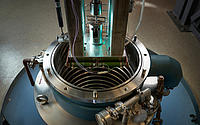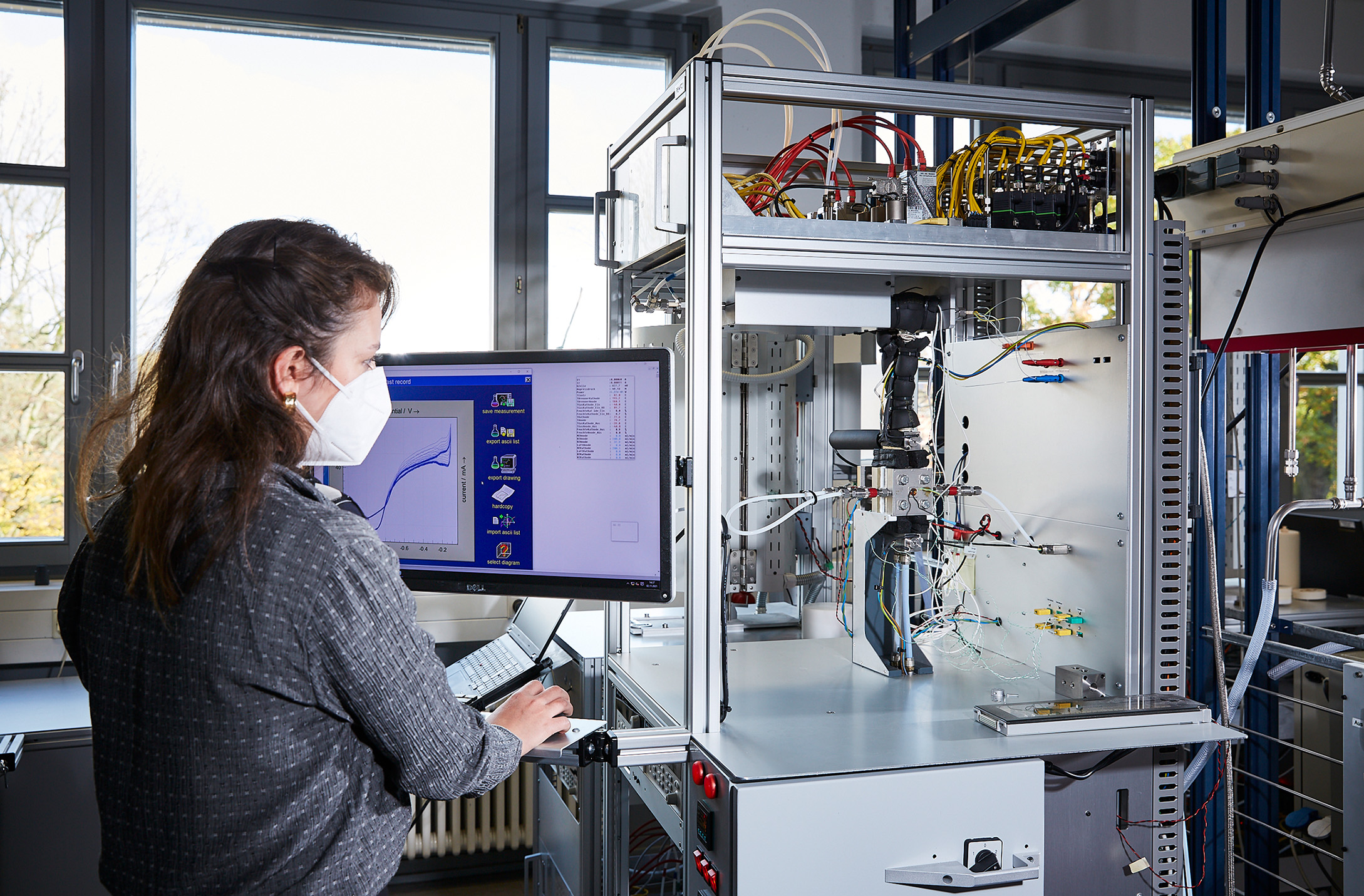- Energy
- Climate, Environment & Health
TransHyDE

Hydrogen is seen as the German hope for climate neutrality. It is clear that this will require several million tons per year. Some of this is to be produced in Germany itself in various ways, as presented in the H2Mare project, for example. However, the Federal Republic will have to import the significantly larger share. Both scenarios require an efficient hydrogen transport infrastructure, because hydrogen is rarely used where it is produced. Without a suitable distribution network, there is no functioning hydrogen economy!
In the TransHyDE project, KIT researchers are focusing together with other industry and research partners on the development, evaluation, and demonstration of various technologies for efficient hydrogen distribution. Which transport system is most suitable depends strongly on the application requirements, the production conditions, and the distance to be covered. In order to cover different scenarios, the researchers are examining several technologies in different subprojects: Hydrogen transport in high-pressure containers, in existing gas pipelines, by means of LOHC and bound in ammonia. Within TransHyDE, the Institute of Technical Physics (ITEP) at KIT coordinates the joint project "AppLHy!", which deals with liquid hydrogen. One approach pursued by the research group around Prof. Dr. Tabea Arndt, director at ITEP, is the hybrid energy pipeline. The idea: the simultaneous flow of chemical and electrical energy by combining a liquid hydrogen pipeline with a superconductor cable. "Liquid hydrogen, with the highest purity, also has the highest energy density. At KIT, we use the energy and the coldness of liquid hydrogen by combining it with electrotechnical applications, such as in energy transport with high-temperature superconductors," Arndt describes the potential of the idea. The symbiosis makes use of the advantages of both technologies. In the pipeline transport of liquid hydrogen, chemical energy can be transferred in a very space-saving way. Superconductor cables can transmit electrical energy in a compact and loss-free manner without producing heat. Replacing the common coolant liquid nitrogen with the even colder liquid hydrogen further enhances the performance of superconductors. When the two technologies are combined in a hybrid energy pipeline, the simultaneous transmission of chemical and electrical energy results in particularly efficient energy transport.
Image: Amadeus Bramsiepe / KIT


